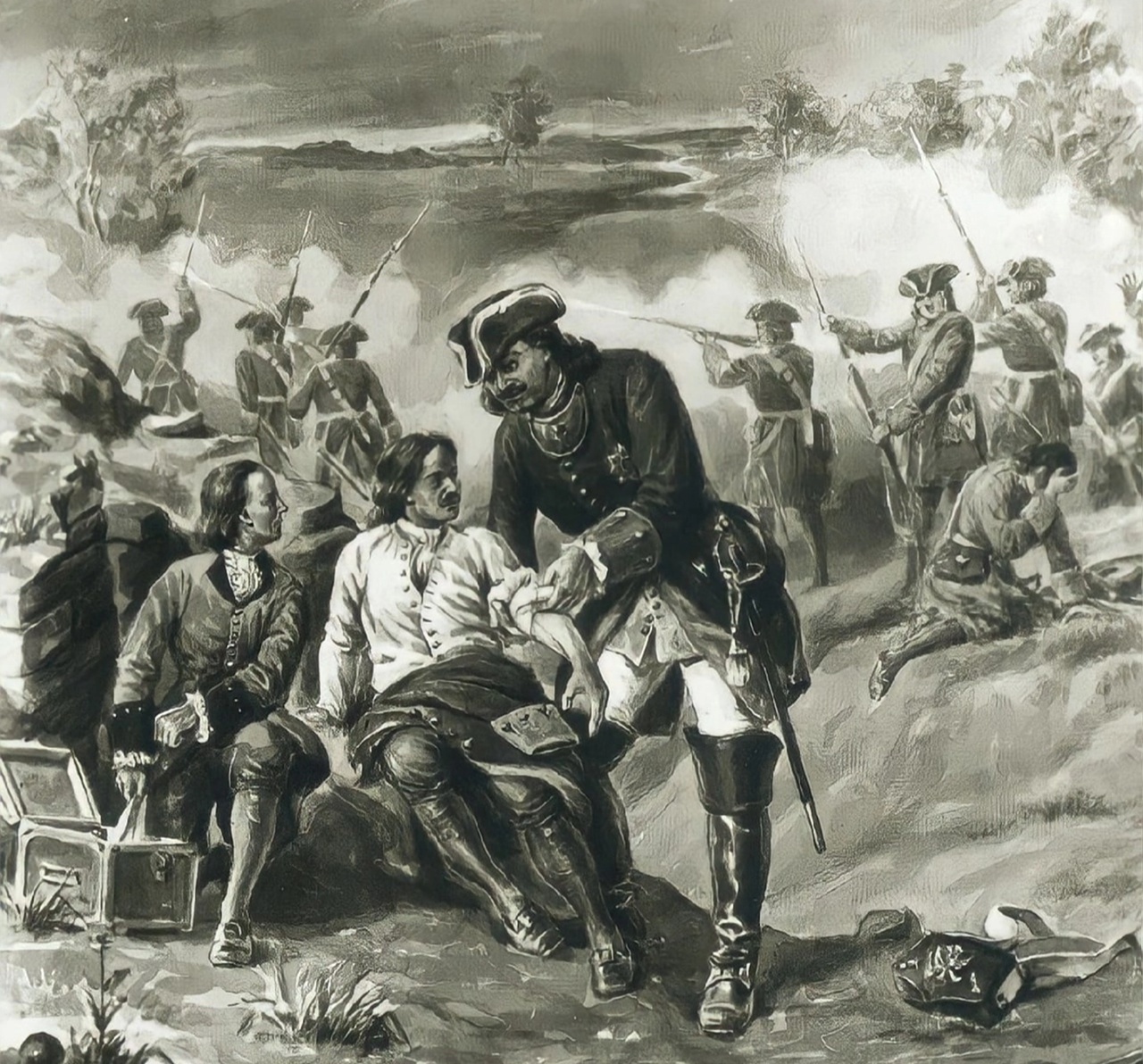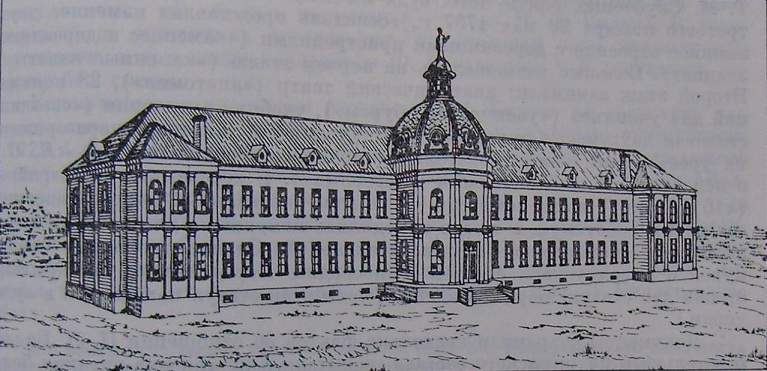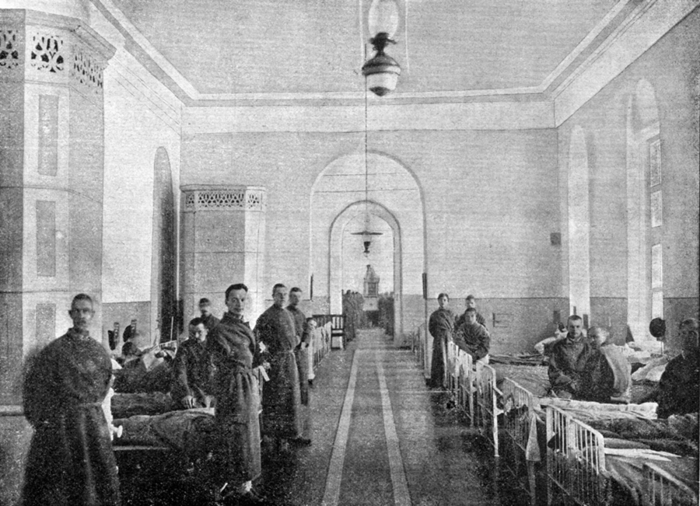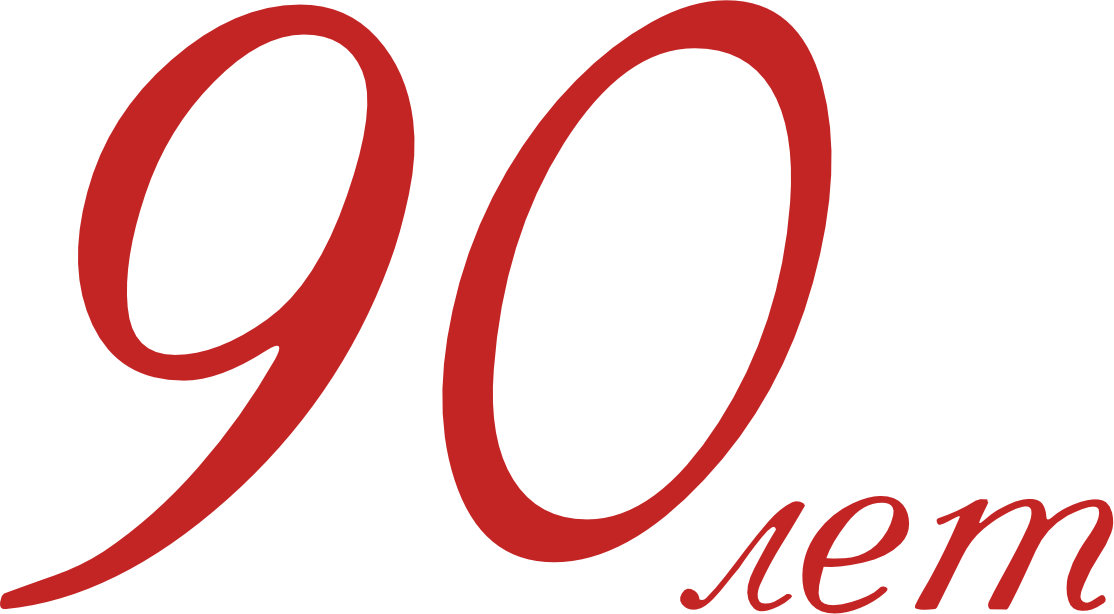
The formation of medical education in Russia is closely connected with the activities of Peter I.
During his trips to Western European countries, Peter got acquainted with famous naturalists and doctors of that time – G. Boerhaave, F. Ruysch, I. Newton and their scientific achievements. For a lot of money, he acquired from the famous Dutch anatomist, a student of G.Burgave Ruish, the famous collection of monsters (freaks), which became the basis of The Kunstkamera, the exhibits of which are still preserved. Peter the Great has always shown an interest in medicine and was well aware of the need to train medical personnel for the Russian army and navy.
Before Peter the Great, there was not a single higher medical educational institution in Russia.
The first hospital school in Russia (designed for 50 students) was founded in 1707. Its opening is inextricably linked with the history of the first hospital in Russia, the decree on the construction of which was signed by Peter on May 25, 1706. The hospital was initially civilian and was called “Moscow indispensable (i.e. permanent) hospital”, in 1757 it became a military medical The institution was renamed “General Land Moscow Hospital”(now the Main Military Clinical Hospital named after Academician N.N. Burdenko).

For seven years, the hospital school at the first Moscow hospital and the medicine school at the Apothecary’s Order existed simultaneously. The training program included anatomy, surgery, desmurgy, internal diseases with pathoanatomic autopsies, pharmacy science, Latin and drawing. Anatomy was taught on corpses. Apothecary science was studied in the apothecary’s garden. The teaching of internal medicine was practical and conducted at the bedside of the patient. The school trained surgeons.
The quality of programs and the nature of teaching in Russian hospital medical schools should be highly appreciated. It should be noted that there was no such training system in any European country. The activities of the schools were guided by general guidelines and rules, including the so-called General Regulations on Hospitals. In 1735, it included the rules of instruction, the terms of curricula in medical disciplines (5-7 years), as well as philosophy, Latin. After the training, a tough exam followed, which, in addition to theoretical and clinical knowledge, included what we today call practical skills, including the production of 3-4 operations on a corpse. In hospitals, special rooms were arranged for hospital schools for clinical classes, teaching anatomy (including mandatory autopsy) and the basics of obstetrics.
Martin Ivanovich Shein (1712-1762) became the first Russian chief physician of the Moscow Hospital. He taught surgery at the hospital school.
In 1762, the Moscow Hospital School was first headed by a Russian doctor of medicine, Konstantin Ivanovich Shchepin (1728-1770).
The reforms undertaken by Peter the Great not only changed the face of Russian medicine at that time, but also shaped its appearance and internal structure for the next centuries.
Sources of information:
Lisitsyn, Yu.P. History of medicine : textbook / Yu.P. Lisitsyn. – M.: GEOTAR-Media, 2008. – 400 p.
Sorokina T.S.. The history of medicine : a textbook for students of higher educational institutions / T. S. Sorokina. – 8th ed., ster. – M.: Academy, 2008. – 560 p.
*The material was prepared by Isaenkova O.A.









![Медицинская физика / В. А. Федоров, А. В. Яковлев, Т. Н. Плужникова [и др.]. - 2023 Медицинская физика / В. А. Федоров, А. В. Яковлев, Т. Н. Плужникова [и др.]. - 2023](https://lib.ssmu.ru/ebs_news/3.jpg)
![Медицинская и биологическая физика / В. Н. Хильманович, И. М. Бертель, С. И. Клинцевич [и др.]. - 2023 Медицинская и биологическая физика / В. Н. Хильманович, И. М. Бертель, С. И. Клинцевич [и др.]. - 2023](https://lib.ssmu.ru/ebs_news/4.jpg)
![Патологическая анатомия. Атлас / М. В. Завьялова, С. В. Вторушин, И. Л. Пурлик [и др.] ; рец. Е. Ю. Варакута. - 2024 Патологическая анатомия. Атлас / М. В. Завьялова, С. В. Вторушин, И. Л. Пурлик [и др.] ; рец. Е. Ю. Варакута. - 2024](https://lib.ssmu.ru/ebs_news/5.jpg)
![Биофизика. Лабораторный практикум. Раздел «Радиационная биофизика» / Н. Ю. Шилягина, А. В. Масленникова, Л. М. Юдина [и др.]. - 2021 Биофизика. Лабораторный практикум. Раздел «Радиационная биофизика» / Н. Ю. Шилягина, А. В. Масленникова, Л. М. Юдина [и др.]. - 2021](https://lib.ssmu.ru/ebs_news/6.jpg)







